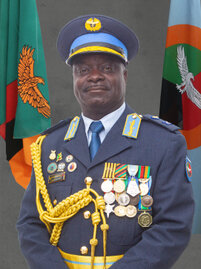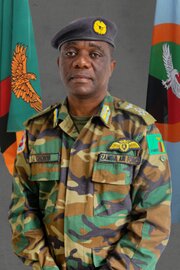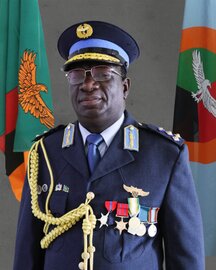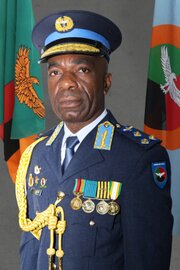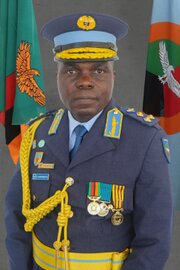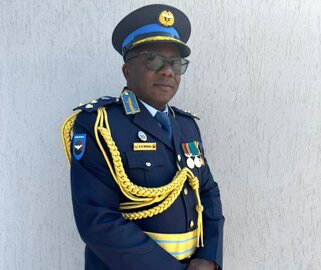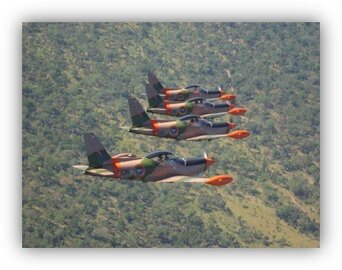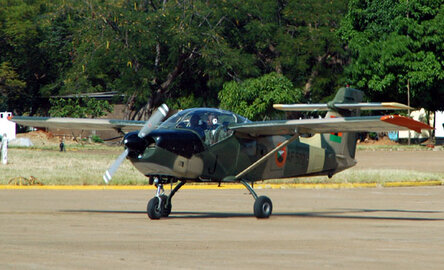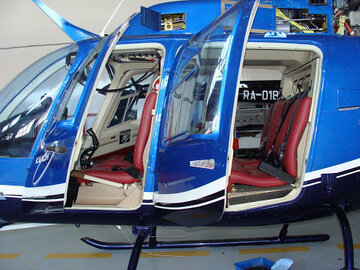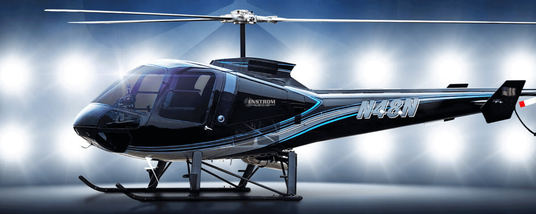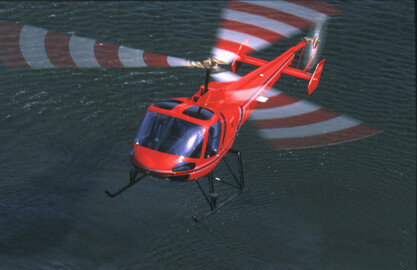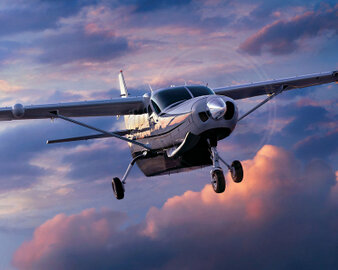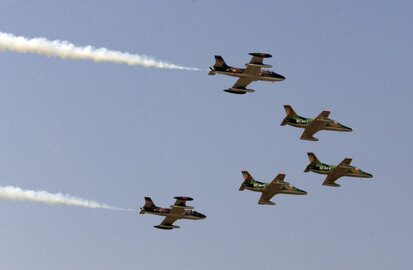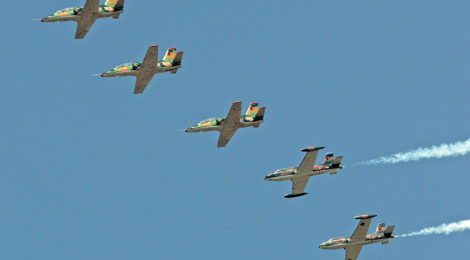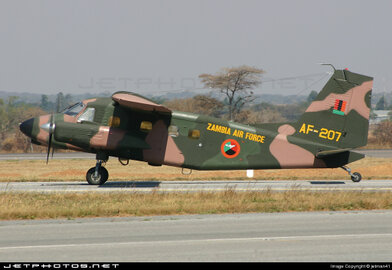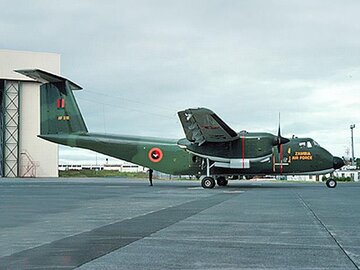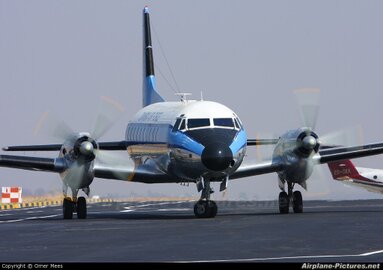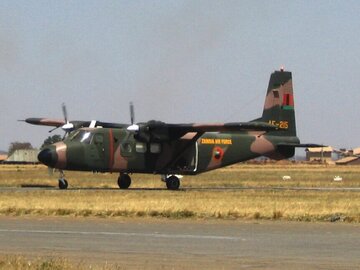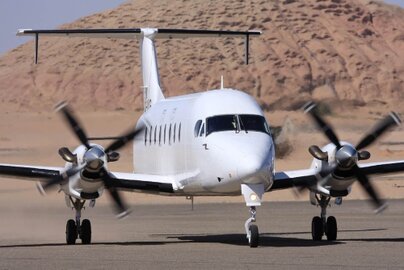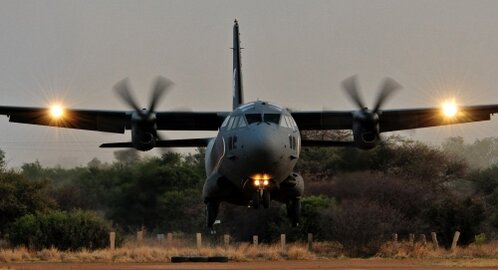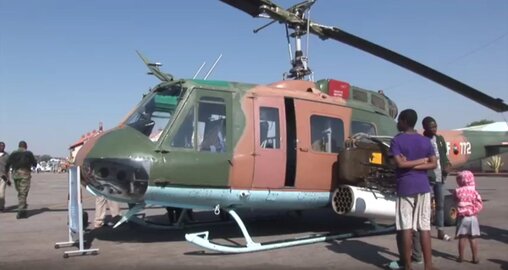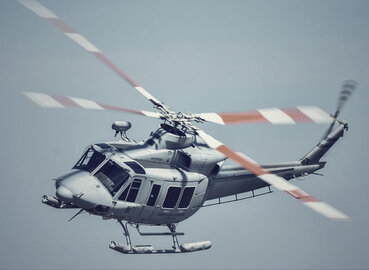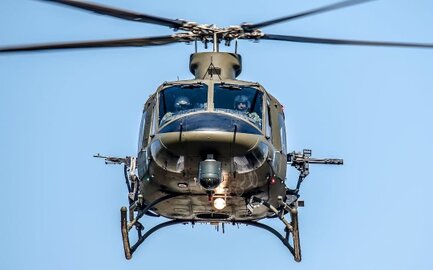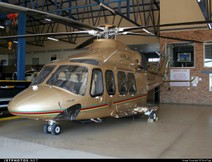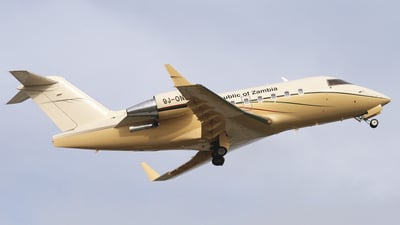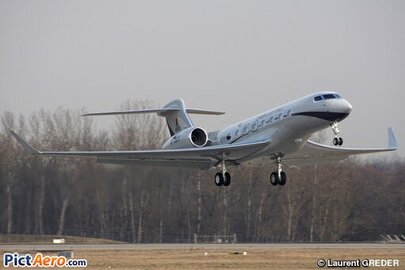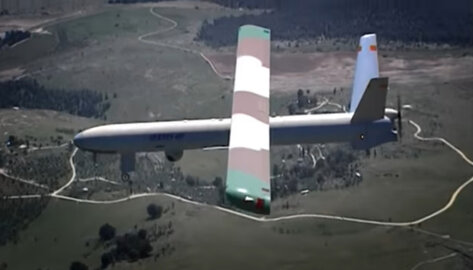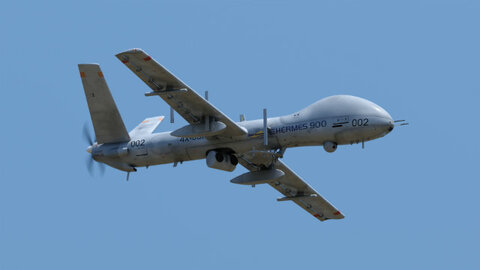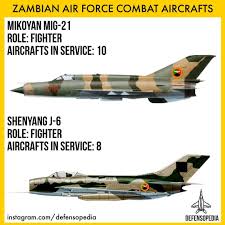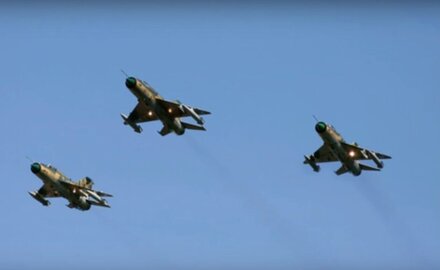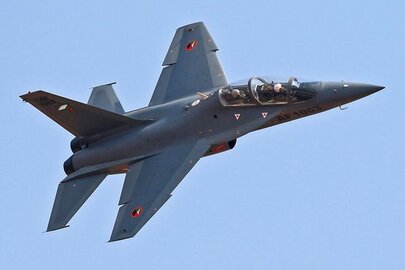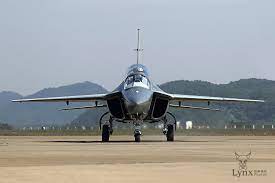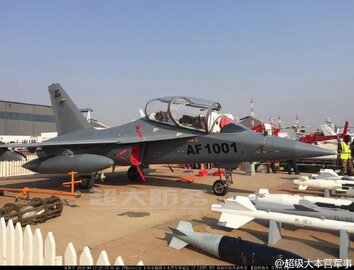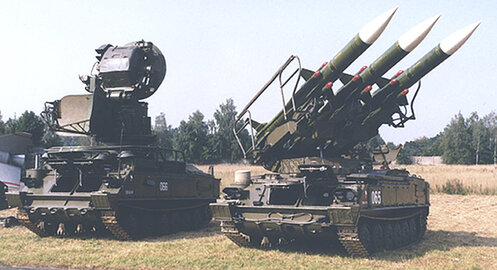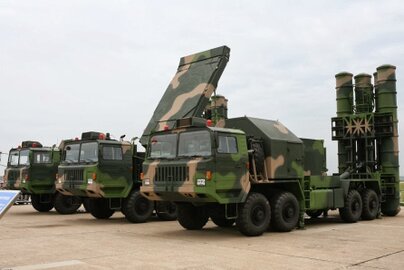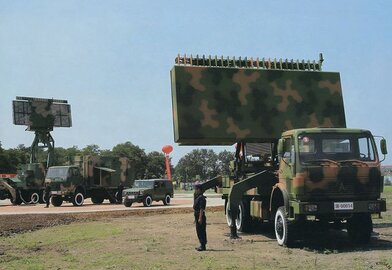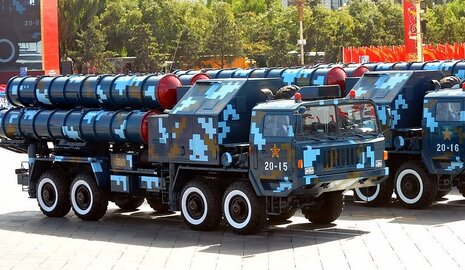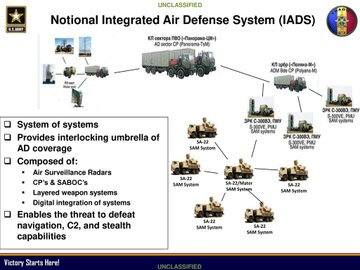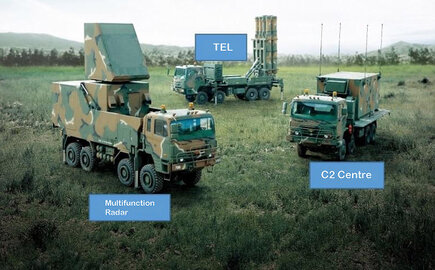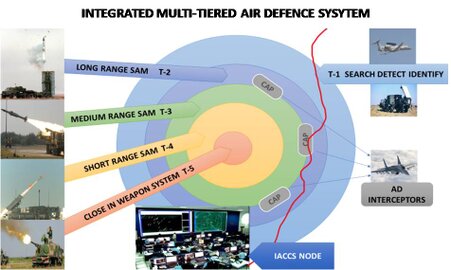ZAMBIA AIR FORCE
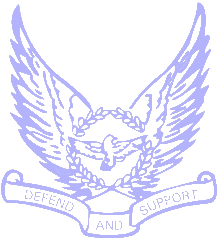
Nationwide Weather Forecast is on "Flight Clearance Page"
The Zambia Air Force's strategic objective is to defend and support the nation as mandated by the Constitution of the Republic of Zambia. Peace is a vital aspect of political stability and sovereignty, allowing for economic and social development. The Zambia Air Force uses military might to sustain and maintain peace, allowing Our Nation to act in its own interests, including political, economic, ideological, or cultural objectives. As your Commander-in-Chief, I urge all citizens to remain united and patriotic as we uplift your living standards through economic recovery, sustainable debt management, and investment strategies that bring meaningful value to the people. Climate changes is a threat to food security and stability of livelihoods. Therefore, I am proud to announce the expanded role to the Defence Forces to combat climate change through innovative agricultural support. The capabilities extend beyond traditional defence. This expanded role aligns perfectly with commitment to strategies that bring value to the people. By supporting a robust agricultural sector, the Defence Force helps to ensure food security and economic prosperity for all Zambians. The Air force remains resolute in its mission and reaffirms its unwavering commitment to help overcome the challenges posed by climate change as we build a more resilient Zambia. May God bless Zambia.
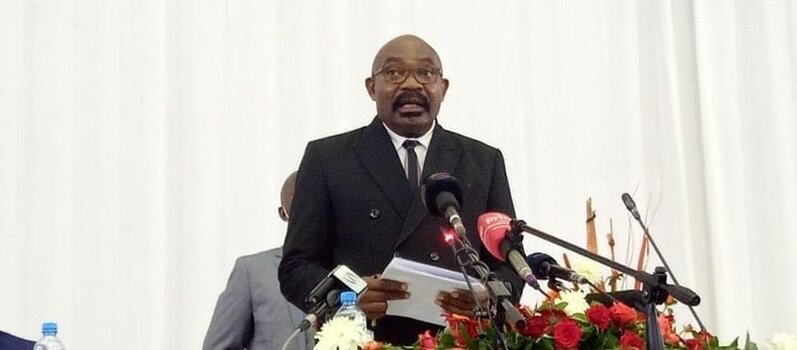
The Minister of Defence Hon. Ambrose L Lufuma MP.
Peace is the absence of violence – direct or indirect, manifest or posed as a threat. Peace is often viewed as a temporary and fleeting condition. Peace is most often the result of a balance of power and agreed spheres of interest. ZAF has also increasingly participated in the promotion of national, regional and global security and peace efforts as a response to the ever changing threat. Terrorism is one of the global threats that require us to position ourselves in order to deter and manage this threat.
It is for this reason that our participation in global peace efforts have taken on a new dimension in that ZAF has evolved from merely contributing troops as force protection and military observers to deploying to the United Nations and Sub Regions and around the world through bilateral co-operation with Defence Forces from other countries within and beyond the African continent.
Lieutenant General Oscar M A Nyoni
Strategy
The Zambia Air Force (ZAF) has embraced agricultural activities as a strategic response to the directive from the Commander-in-Chief His Excellency Dr. Hakainde Hichilema, President of the Republic of Zambia. This results from multifaceted challenges posed by climate change, including food security. The Air Force has also built relationships with local communities, fostering trust and cooperation. The Air Force has also promoted sustainable agriculture practices, adopting precision and conservation farming techniques. This approach demonstrates the Air Force's adaptability and willingness to address emerging challenges, contributing to national development and resilience in the face of climate change. The Zambia Air Force strategic concept of its core business is archived by coordinating the development, deployment and employment of air power assets to achieve our National Security Objectives. Air power with its intrinsic characteristics of speed, elevation and reach provides tremendous strategic options. These strategies are then prosecuted by Zambia Air Force campaigns and missions which comprise of a variety of air operations. The Zambia Air Force strategy is developed at the Air HQ, the operational art for employing air power is conducted through our Commands.
Roles
ZAMBIA AIR FORCE ROLES depend on the nature of the threat, resources available and the unique nature of the campaign and are as follows:
- Defence of national territories and assets, against attacks from air both during peace and war.
- Deterring an aggressor from carrying out hostile acts and if deterrence fails to mount an eff effective response.
- During operations, achieve control of the air to the required degree for the Zambia Army to engage enemy ground forces.
- to provide full freedom of action to the air and surface forces.
- Applying direct pressure on the enemy’s power of resistance by attacking his crucial centres of gravity.
- Synergy in the combat potential of air power with the Zambia Army to achieve joint military aims and objectives.
Roles Cont'd
- Deploying and employing forces to protect and project the national interests in any out of country contingency operation.
- Assisting the government in disaster management or humanitarian relief tasks.
- Executing counter terrorism and counter insurgency operations.
- Fulfilling international commitments requiring air power assets, consistent with our national policies and interests.
Consequently, the damage sustained by friendly forces and facilities would also be reduced. This then should guide the force structuring and related operational art. Our emphasis an an Airforce is on causing maximum attrition by means of an active air defence network.
The Deputy Air Force Commander
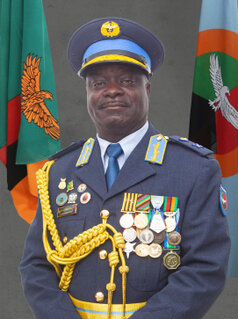
& Chief of Air Staff
Major General Henry Chiwaya psc, Dip DSS, QFI, ED, DFM
Airforce Capabililties
Although air power is capable of independently achieving desired political objectives, it works most effectively when integrated with other components of military power. Through air power’s flexibility and the speed with which it can reach the battlespace, it provides vital projection and sustainment, offering significant military advantage. The full spectrum approach to national power employs diplomatic, economic and military instruments of national power, all underpinned by information.
Effective cross-environment integration depends on mutual trust and understanding, built on well-established bilateral cooperation between single Services. Large, complex, multinational air operations require a comprehensive command and control capability. The ability to deliver each of the four air power roles is dependent on critical enablers: base; sustain; connect; and protect.
The employment of air power directly contributes to Zambia Defence Force Tasks. Various basing options enable the delivery of rapid effect across the globe; air logistics enable the sustainment of operations; command, control, computing and communication capabilities enable connectivity; and force protection capabilities enable the protection of forces at home and overseas.
Operations
Zambia Air Force Operations are becoming more efficient and successful, as they are being sustained and supported by the following air and ground activities for combat enabling;
- Combat Enabling Air Operations.
- Tactical Air Mobility Operations.
- Surveillance and Reconnaissance.
- Remotely Piloted Aircraft (RPA) by Elbit Hermes AC.
- Search and Rescue (SAR).
- Testing, Evaluation and Research and Development.
- Combat Enabling Ground Operations.
- Base Maintenance & Engineering of New Infrastrusture such as AHQ Runway Rehabilitation.
- Integrated Logistics, Supply & Procurement activities.
- Passive Air Defence (PAD).
- Ground Defence (GD).
- Special Forces (SF) Operations Airbourne Parashute.
- Training Schools for Professional Military & Civil Education.
- Administration, Personnel Welfare & Recreation Facilities.
Joint Operations
Joint operations have the potential to be extremely effective because the various capabilities across the single Services complement the strengths and compensate the limitations in each, thus creating powerful synergies. However, to maximise their effectiveness, they need to be efficiently integrated.
The Zambia Air Force focuses heavily on air-land integration. During recent operations with the Zambia Army which gave us sufficient knowlegde and experience for complex operations along, and across, more than one domain.
This is particularly relevant in the complex contemporary operating environment, where operations are likely to require effective integration between the land & air domains, all are underpinned by information needed to Command and Control through a shared common operational digital picture.
Zambia Air Force Departments
Zambia Air Force Air Power Platforms
2025 WORLD AIR FORCES DIRECTORY - FROM FLIGHT INTERNATIONAL




